Active Recombinant Human CES2 protein(Met1-Leu559), His-tagged
| Cat.No. : | CES2-1139H |
| Product Overview : | Recombinant Human CES2 isoform 1 (O00748-1) (Met 1-Leu 559) was expressed in HEK293, with a C-terminal polyhistidine tag. |
| Availability | April 20, 2025 |
| Unit | |
| Price | |
| Qty |
- Specification
- Gene Information
- Related Products
- Case Study
- Application
- Download
| Species : | Human |
| Source : | HEK293 |
| Tag : | His |
| Protein Length : | Met1-Leu559 |
| Form : | Lyophilized from sterile 50mM NaAc, 150mM NaCl, 10% Glycerol, pH 5.5 Normally 5 % - 8 % trehalose, mannitol and 0.01% Tween80 are added as protectants before lyophilization. |
| Bio-activity : | Measured by its ability to hydrolyze p-nitrophenylacetate. The specific activity is >20000 pmols/min/ug. |
| Molecular Mass : | The secreted recombinant human CES2 comprises 544 amino acids with a predicted molecular mass of 60.4 kDa, as estimated in SDS-PAGE under reducing conditions. |
| Endotoxin : | < 1.0 EU per μg of the protein as determined by the LAL method. |
| Purity : | > 95 % as determined by SDS-PAGE |
| Storage : | Samples are stable for up to twelve months from date of receipt at -20°C to -80°C. Store it under sterile conditions at -20°C to -80°C. It is recommended that the protein be aliquoted for optimal storage. Avoid repeated freeze-thaw cycles. |
| Reconstitution : | It is recommended that sterile water be added to the vial to prepare a stock solution of 0.2 ug/ul. Centrifuge the vial at 4°C before opening to recover the entire contents. |
| Gene Name | CES2 carboxylesterase 2 [ Homo sapiens ] |
| Official Symbol | CES2 |
| Synonyms | CES2; carboxylesterase 2; carboxylesterase 2 (intestine, liver); cocaine esterase; CE 2; CES2A1; iCE; hCE-2; methylumbelliferyl-acetate deacetylase 2; intestinal carboxylesterase; liver carboxylesterase-2; CE-2; PCE-2; |
| Gene ID | 8824 |
| mRNA Refseq | NM_003869 |
| Protein Refseq | NP_003860 |
| MIM | 605278 |
| UniProt ID | O00748 |
| ◆ Recombinant Proteins | ||
| CES2-1149H | Recombinant Human CES2 Protein, GST-Tagged | +Inquiry |
| CES2-1141H | Recombinant Human CES2, MYC/DDK-tagged | +Inquiry |
| CES2-1139H | Active Recombinant Human CES2 protein(Met1-Leu559), His-tagged | +Inquiry |
| CES2-2661H | Recombinant Human CES2 Protein, His (Fc)-Avi-tagged | +Inquiry |
| CES2-3263HF | Recombinant Full Length Human CES2 Protein, GST-tagged | +Inquiry |
| ◆ Cell & Tissue Lysates | ||
| CES2-2139HCL | Recombinant Human CES2 cell lysate | +Inquiry |
Case 1: Chen X, et al. Mol Metab. 2022
Oral squamous cell carcinoma (OSCC) is known for its recurrence and spread. It exploits lipid metabolism to sustain growth. Data show CES2, an enzyme crucial for fat metabolism, is lower in patients with recurrent or metastatic OSCC. Those with higher CES2 levels generally survive longer. Boosting CES2 reduces OSCC cell growth and migration by changing how lipids are processed, leading to oxidative stress and cell death via mitochondrial damage. Lower signaling lipid levels also affect key cancer pathways, but restoring MYC can offset CES2's effects, helping cells survive and move.
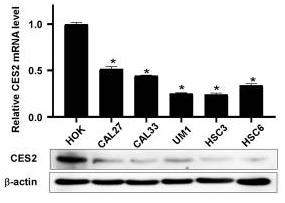
Fig1. Relative mRNA and protein levels of CES2 in human oral HOKs and OSCC cells.
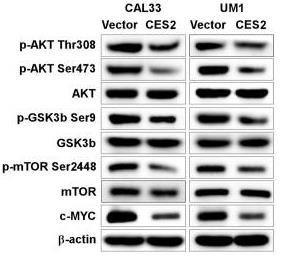
Fig2. Representative levels of PIs as determined by ELISAs with CAL33 and UM1 cells in which CES2 or the empty vector was overexpressed.
Case 2: Qu W, et al. Int J Gen Med. 2023
The role of CES2 in breast cancer (BRCA) isn't fully understood, so this study looked into its clinical significance. By using various databases and analysis tools, we found that CES2 levels are lower in breast cancer tissues compared to normal ones, and lower CES2 expression in advanced stages (T4) correlates with poorer outcomes. We also introduced a CES2-targeted fluorescent probe, DDAB, in this context for the first time, showing it effectively highlights CES2 in breast cancer cells and tissues with low toxicity, aiding in better imaging and understanding of the disease.
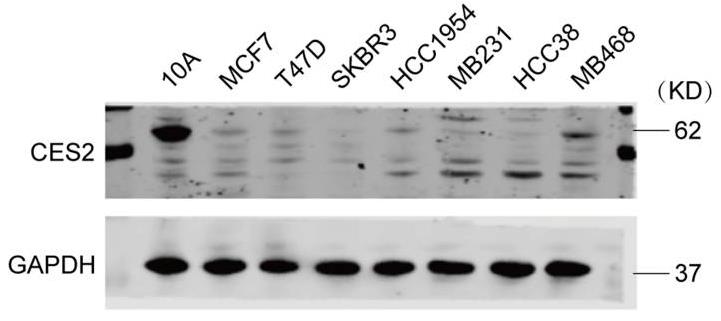
Fig1. Expression levels of CES2 in cells were examined by Western blot assay.
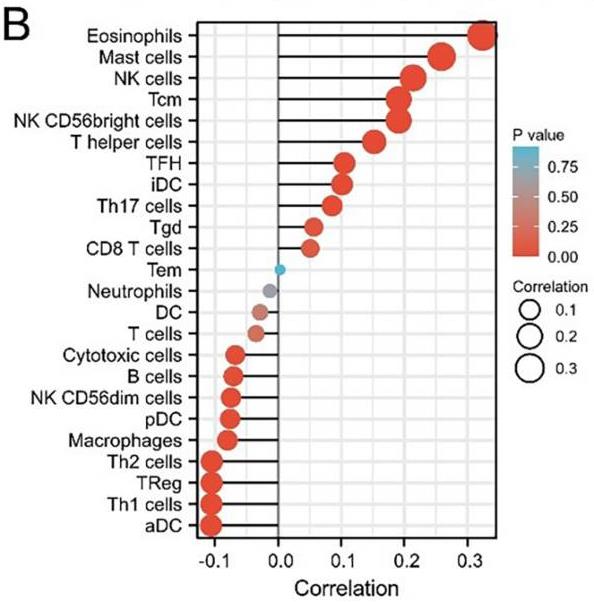
Fig2. Lollipop plot of CES2 correlation with different immune infiltrating cells in breast cancer analyzed by GSVA package.
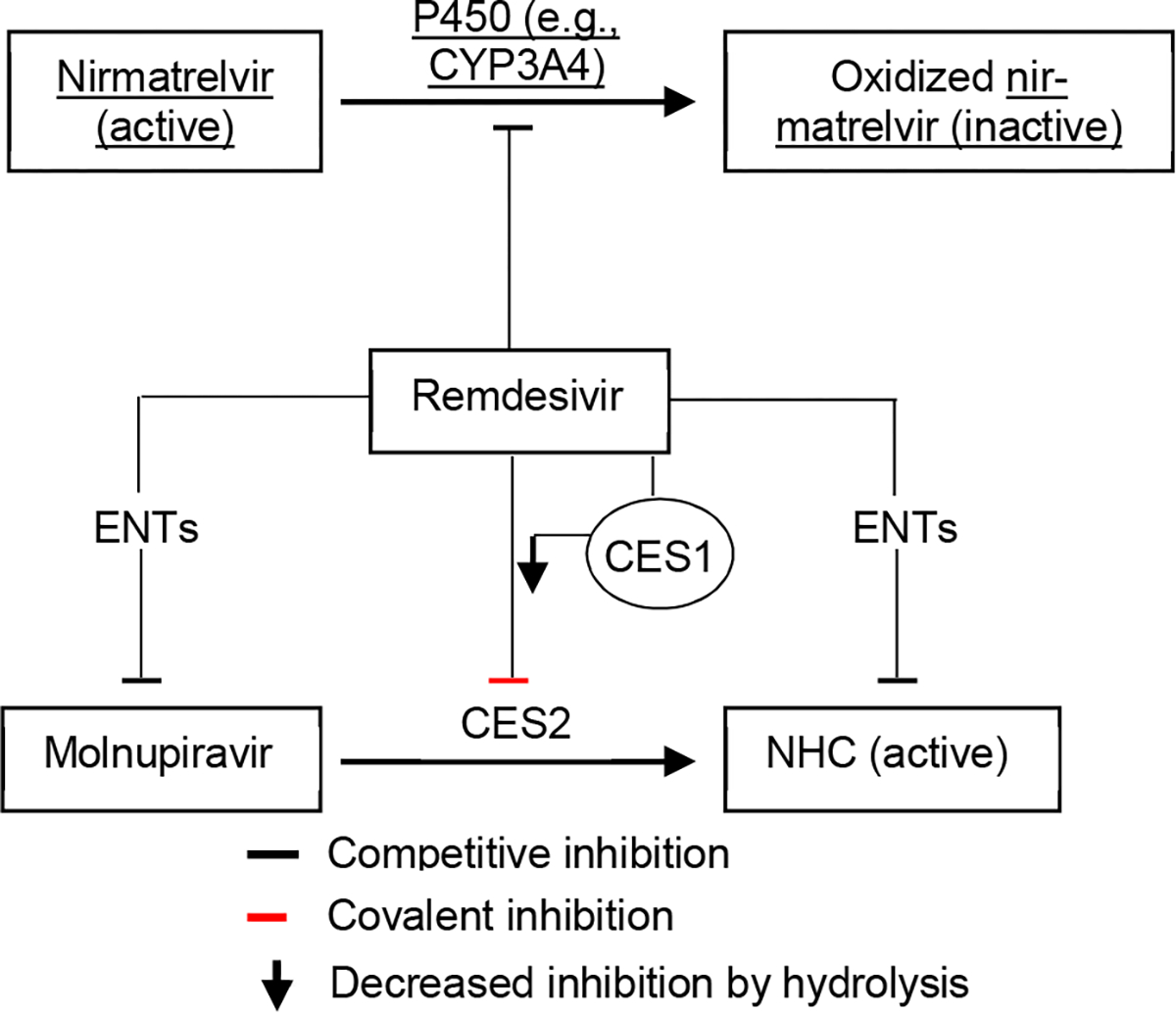
Fig1. Potential interactions of remdesivir with nirmatrelvir or molnupiravir. (Daisy Yan, 2023)
Not For Human Consumption!
Inquiry
- Reviews
- Q&As
Ask a Question for All CES2 Products
Required fields are marked with *
My Review for All CES2 Products
Required fields are marked with *
Inquiry Basket


